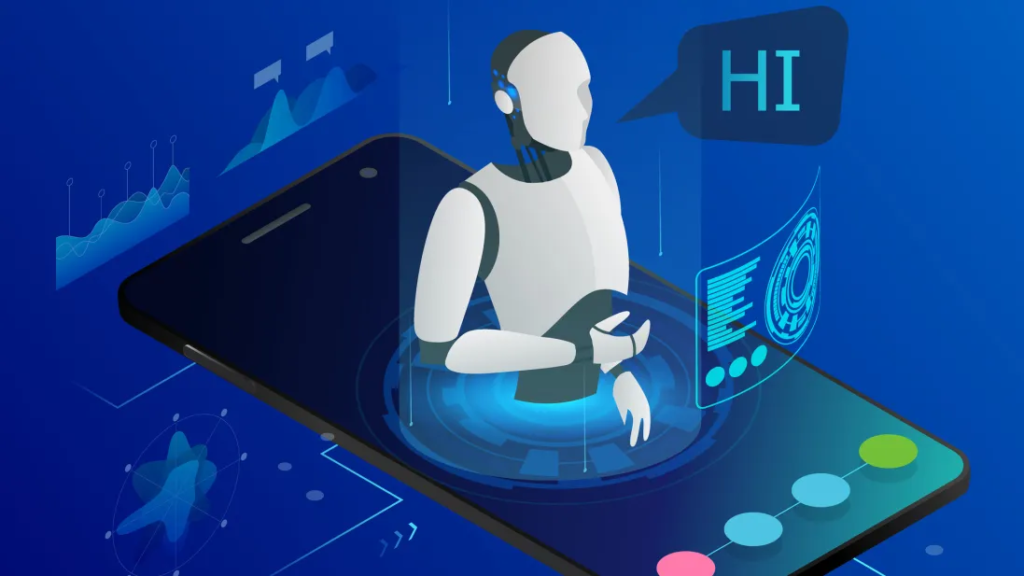Apple, a company long associated with cutting-edge innovation, is once again stretching the limits of technology—this time venturing into the robotic arena. As per insights from renowned Apple analyst Ming-Chi Kuo, the tech behemoth is investigating both humanoid and non-humanoid robotic structures, indicating its entry into a swiftly advancing industry. This exploration comes after Apple released a research paper that dives into human interactions with “non-anthropomorphic” robots, such as a Pixar-style lamp.
Although Apple’s journey into robotics is at a nascent stage, its potential ramifications are significant. Could Apple’s robotics projects transform the smart home ecosystem? What obstacles does the company confront in this competitive and intricate field? In this article, we delve into Apple’s robotics ambitions, the prospective uses of its technology, and what this might imply for the future of smart homes.
Apple’s Robotics Research: A Glimpse into the Future
Apple’s research paper emphasizes non-anthropomorphic robots, which are robots that do not mimic human form. Instead, they draw inspiration from other shapes, like the Pixar lamp showcased in the study. This approach underlines Apple’s interest in designing robots that are practical, intuitive, and capable of fostering meaningful interactions with users.
Key Insights from Apple’s Research:
User Perception: Apple is concentrating on how users perceive and engage with robots, rather than just their physical design.
Core Technologies: Sensing hardware and software form the backbone of Apple’s robotics development, empowering robots to comprehend and react to their surroundings.
Proof-of-Concept: The research is in its early stages, with Kuo describing it as “early proof-of-concept.”
Humanoid vs. Non-Humanoid Robots: What’s the Difference?
The robotics industry is divided on whether humanoid or non-humanoid designs are superior. Here’s a comparison of the two approaches:
Humanoid Robots
Definition: Robots designed to look like humans, featuring two arms, two legs, and a face.
Applications: Household chores, caregiving, and customer service.
Challenges: High development costs, technical intricacy, and user acceptance hurdles.
Non-Humanoid Robots
Definition: Robots that are inspired by non-human forms, like animals, objects, or abstract designs.
Applications: Smart home assistants, educational devices, and industrial automation.
Advantages: Generally easier to design, more budget-friendly, and less intimidating to users.
Apple’s research indicates a leaning towards non-humanoid designs, at least initially. However, the company is reportedly exploring both form factors, showcasing a flexible, experimental approach.
The Road to Mass Production: Challenges and Timelines
According to Ming-Chi Kuo, Apple’s robotics initiative remains in the early research phase, with mass production unlikely before 2028. This timeline reflects the intricacies of robotics development and Apple’s prudent approach to entering new markets.
Key Challenges:
Technical Complexity: Robotics necessitates integrating advanced hardware, software, and AI, demanding substantial R&D investment.
Market Acceptance: Convincing consumers to embrace home robots presents a significant challenge, especially given the steep costs linked with early-stage products.
Competition: Apple contends with stiff competition from established robotics companies and startups, many of which are already manufacturing industrial and consumer robots.
Potential Applications of Apple’s Robotics Technology

While Apple’s exact intentions remain undisclosed, Kuo hints that the company’s robotics endeavors form part of a larger “future smart home ecosystem.” Here are some potential applications:
- Smart Home Assistants
Envision a robot that not only manages your smart home devices but also engages with you in a natural and intuitive manner. Apple’s emphasis on user perception and interaction could lead to a robot perceived as a genuine assistant rather than a machine. - Educational Tools
Non-humanoid robots could serve as interactive educational aids for children, assisting with tasks ranging from homework to imaginative play. - Industrial Automation
Although Apple’s initial focus appears to be on consumer robots, its technology might eventually find applications in industrial contexts, such as manufacturing and logistics.
Lessons from Apple’s Past Projects
Apple’s robotics aspirations build on several high-profile ventures, including the Apple Car and Vision Pro. While the Apple Car was ultimately shelved, and the Vision Pro received a lukewarm reception, these endeavors offer valuable insights for the company’s robotics initiative:
Cautious Approach: Apple is likely to proceed deliberately with robotics, ensuring the technology is mature and market-ready before launch.
Focus on User Experience: Consistent with its other products, Apple will prioritize user experience, making its robots intuitive and user-friendly.
Integration with Ecosystem: Apple’s robots are expected to seamlessly integrate with its existing array of devices and services.
The Competitive Landscape: Who Else is in the Game?
Apple isn’t solitary in its robotics pursuit. Companies such as 1X, Figure, and Apptronik are already crafting humanoid robots for industrial and consumer use. However, these companies encounter significant challenges, including high costs and technical hurdles.
What’s Next for Apple Robotics?
While Apple’s robotics project remains in its infancy, the company’s history of popularizing existing product categories—like smartphones and smartwatches—hints at its potential to make a substantial impact on the industry. Yet, success is not assured, and Apple will need to navigate numerous challenges throughout the process.
Presently, we can anticipate more leaks, conjectures, and research publications as Apple persistently explores the potential of robotics. Whether it’s a humanoid robot tasked with folding laundry or a Pixar-style lamp assisting with household duties, one thing is clear: Apple is earnestly pursuing robotics, and the landscape of smart homes could be dramatically transformed as a result.



